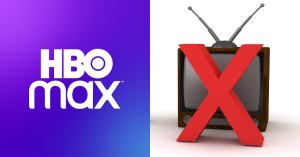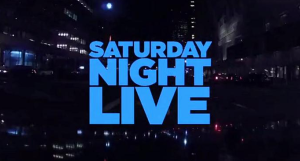Talks may have ground to a halt on Capitol Hill regarding the next stimulus relief payment, but that doesn’t mean that all hope for a second stimulus check has vanished. If and when White House administrators and top Democrats return to the negotiations table, just how soon could you expect the Internal Revenue Service (IRS) to begin distributing stimulus checks after a deal is reached?
While there seems to be little to get excited about amid the collapsed discussions, there is thankfully some good news on the payment distribution front. Given that the IRS has already sent out large-scale direct payments to the American people, they are more prepared this time around, and it is believed that payments will be able to be sent in a much speedier fashion. Treasury Secretary Steven Mnuchin, one of four people at the negotiation table, has even stated that checks could begin to go out almost immediately. Meanwhile, Chad Hooper, the national president of the Professional Managers Association, which counts Internal Revenue Service (IRS) managers among its members, told CNBC that if a deal were not reached by Friday, payments would not begin being distributed until September.
Videos by PopCulture.com
Keeping this in mind, CNET laid out a few possible scenarios for stimulus check distribution. For example, if a deal were struck and further legislation passed the Senate on Monday, Aug. 24, followed by approval by the House of Representatives on Aug. 25 and a signature from President Donald Trump on Aug. 26, the IRS could begin sending out checks as soon as the week starting Sept. 14. A bill approved by the Senate upon their return to Capitol Hill on Tuesday, Sept. 8, could see payments begging distributed as quickly as Monday, Aug. 21. Meanwhile, a bill that earned the president’s signature by Wednesday, Sept. 16, could mean that payments will begin being distributed beginning the last week of September.
As the IRS begins to distribute payments, they will likely follow a similar method as they did under the CARES Act. This means that those receiving their stimulus payout via direct deposit would be the first to get paid. Physical checks would then be mailed in waves targeting the lowest income levels first.
At this time, payments still seem to hold bipartisan support, perhaps being one of the only things both sides have agreed on. Currently, the House of Representatives is adjourned until Friday, Aug. 14, and the Senate recently entered a recess lasting until after Labor Day. Both chambers are said to be on 24-hour notice to return to Capitol Hill should a deal be struck, with White House administrators and top Democrats believed to be continuing negotiations to reach an agreement.








